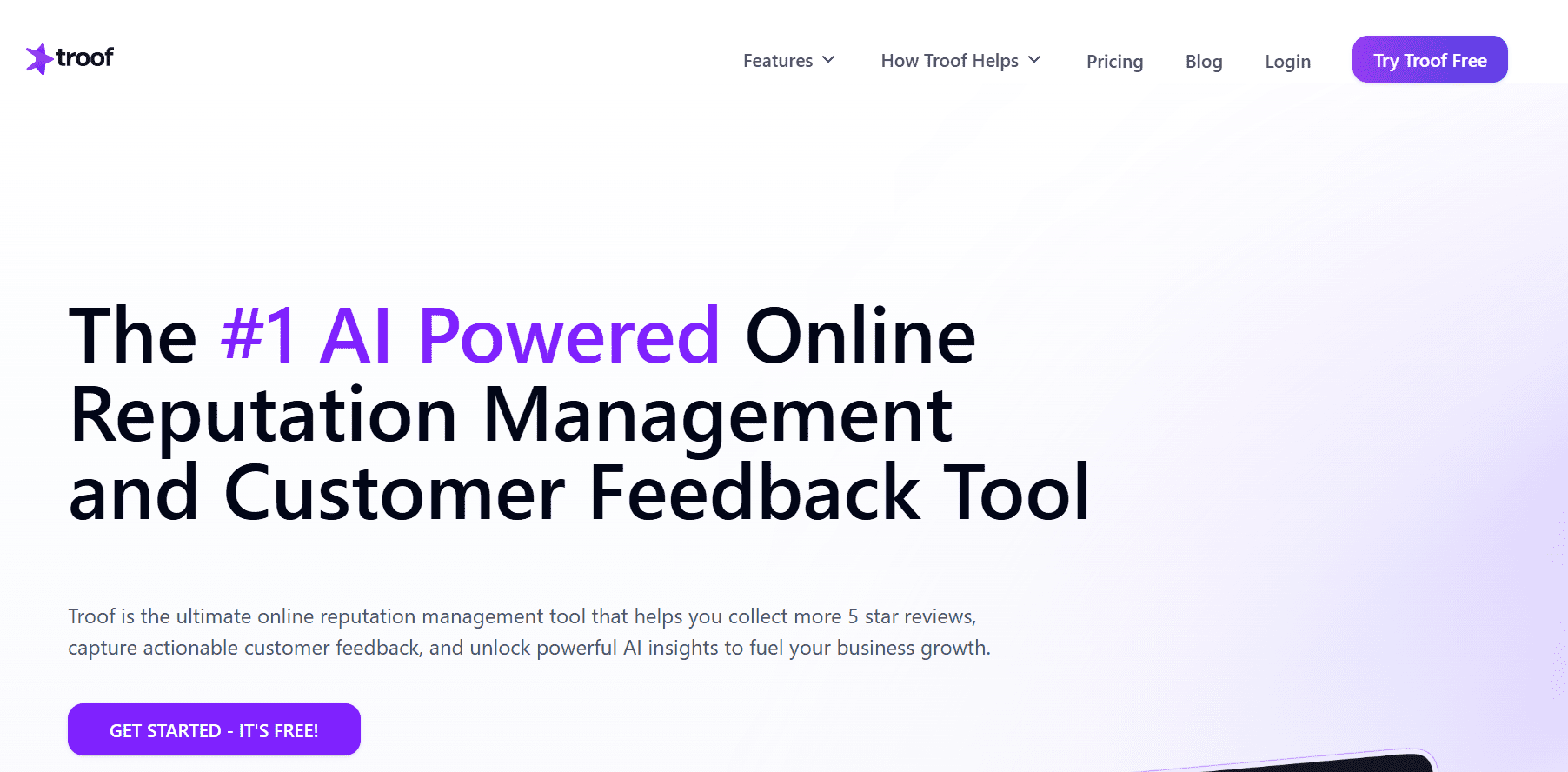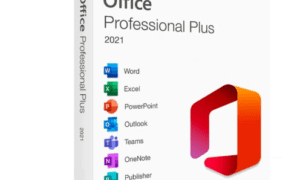Not long ago, shopping online meant endless tabs, comparing prices, scrolling through reviews, and trying to separate real recommendations from noise. Today, that process is being rewritten by artificial intelligence. Tools like ChatGPT and other large language models (LLMs) are moving beyond answering questions to recommending products directly.
The shift is simple but massive: instead of you searching for a product, the AI suggests it. That flips the buying journey on its head. And when the AI decides which brands to trust and surface, one factor will outweigh the rest: social proof.
The Rise of AI in Shopping
E-commerce has always been shaped by algorithms. Amazon ranks products, Google serves results, TikTok curates viral buys. But LLMs are changing the game.
Instead of offering a list of links, they collapse the funnel into a single interaction:
“What’s the best running shoe under $150?” → AI responds with three options, complete with pros and cons.
This is a paradigm shift:
- One answer, not ten. Shoppers may never see the brands that don’t make the AI’s shortlist.
- Trust as the filter. The AI isn’t showing every product—it’s curating what feels safe and reliable.
- Less reliance on ads. If recommendations come from an AI, paid placements lose influence.
That raises a critical question: how does AI decide what’s trustworthy? The answer lies in the same signals humans use—reviews, ratings, testimonials, and other forms of social proof.
Why Social Proof Matters More Than Ever
Social proof has always driven buying behavior. According to BrightLocal, 88% of customers trust online reviews as much as personal recommendations. When people see that others like them had a good experience, it reduces risk.
But here’s the twist: LLMs also need shortcuts to decide what’s safe to recommend. They don’t “shop” like humans do, but they weigh the data signals that mirror trust:
- Ratings and stars. Easy-to-parse numerical averages.
- Volume of reviews. Ten reviews don’t cut it. Thousands mean stability.
- Themes and sentiment. AI can scan reviews to see if customers consistently praise or complain about the same thing.
- Authenticity. Cross-platform consistency and verified buyers matter more as fake reviews rise.
In other words, reviews don’t just influence people anymore—they influence the algorithms that influence people.
The Psychology Behind It
Behavioral science explains why this works.
- Social proof (Cialdini): We copy the behavior of others to reduce uncertainty.
- Negativity bias: Bad experiences stick harder than good ones. A single 1-star review carries more weight than five 5-stars.
- Fairness effect: People don’t expect perfection. They expect fairness when things go wrong. That’s why a 4.5-star average looks more trustworthy than a perfect 5.0.
AI is built on these human truths. When it processes reviews, it’s not just crunching numbers. It’s replicating the same trust signals humans have always relied on.
What This Means for Brands
In an AI-curated shopping world, your reviews aren’t just reputation—they’re distribution. If your footprint is thin, inconsistent, or negative, you won’t just lose credibility with people. You’ll lose visibility in the first place.
This reframes reputation management. It’s no longer about cleaning up bad reviews after they happen. It’s about feeding authentic, positive, trustworthy social proof into the systems that decide whether customers ever see you.
How to Build the Right Social Proof Signals
So, how can businesses prepare for a future where AI recommendations hinge on reviews? Here’s a practical playbook.
1. Encourage Authentic Reviews
Don’t leave reviews to chance. Ask customers at the right moment—the “happy peak.” This could be after a successful delivery, a resolved support case, or a repeat purchase. Make it easy: one-tap links, QR codes, or post-purchase prompts.
2. Catch Problems Before They Go Public
Set up private feedback loops like NPS or CSAT surveys. If someone’s unhappy, route them to a direct channel instead of leaving them to vent online. This doesn’t just stop bad reviews—it fixes real problems before they multiply.
3. Respond Like Everyone’s Watching
Every reply to a review is a piece of marketing. Potential customers read them as much as the reviews themselves. A thoughtful, transparent response to a 1-star review can build more trust than a generic thank-you to a 5-star.
4. Track Patterns, Not Just Scores
Ratings are blunt instruments. The real gold is in themes. Are shipping complaints rising? Are customers praising staff friendliness but slamming wait times? AI is parsing those signals. You should be too.
5. Diversify Your Review Footprint
Don’t rely on one platform. Google, Trustpilot, Amazon, G2, TripAdvisor—wherever your customers are, your reviews should be. AI will cross-check multiple sources, and consistency will count.
Lessons from the Field
Consider a SaaS brand that consistently scored 4.5 stars on product quality but lagged on support response time. Their reviews all said the same thing: “Love the tool, but support is slow.” When they hired more support staff and reduced reply times, reviews shifted within weeks. Not only did customer retention improve, but their visibility on G2 also climbed.
Or take an e-commerce brand selling premium headphones. They had stellar product reviews but complaints about delivery delays. Once they fixed their logistics partner, their average rating rose from 3.9 to 4.3. The result? Their click-through rates on Google Shopping doubled.
In both cases, reputation management wasn’t PR. It was operational improvement flagged by reviews.
A Smarter Way to Manage It All
Of course, doing all this at scale is tough. Monitoring reviews across platforms, sending surveys, spotting patterns—it’s overwhelming without the right system.
That’s where platforms like Troof come in. They don’t just pull in reviews. They unify surveys, NPS, and feedback into a single inbox, analyze themes with AI, and help businesses respond quickly. For agencies and operators, it means less guesswork and more control over the signals that now drive discovery.
The Takeaway
AI is changing the shopping journey. When ChatGPT and other LLMs decide which products to recommend, they’ll lean heavily on reviews, ratings, and other forms of social proof. That makes reputation management not just about protecting your brand—it’s about ensuring your products even show up in the first place.
The brands that win won’t be the ones with the flashiest ads. They’ll be the ones with trustworthy footprints: authentic reviews, quick responses, and consistent signals across platforms.
In the age of AI-curated shopping, reputation is distribution. And the sooner brands start treating social proof like an input, not an afterthought, the stronger their position will be.
👉 Want to dig deeper into how to build review health that feeds both humans and algorithms? Connect with me on LinkedIn or subscribe to the Troof blog for more insights.



































